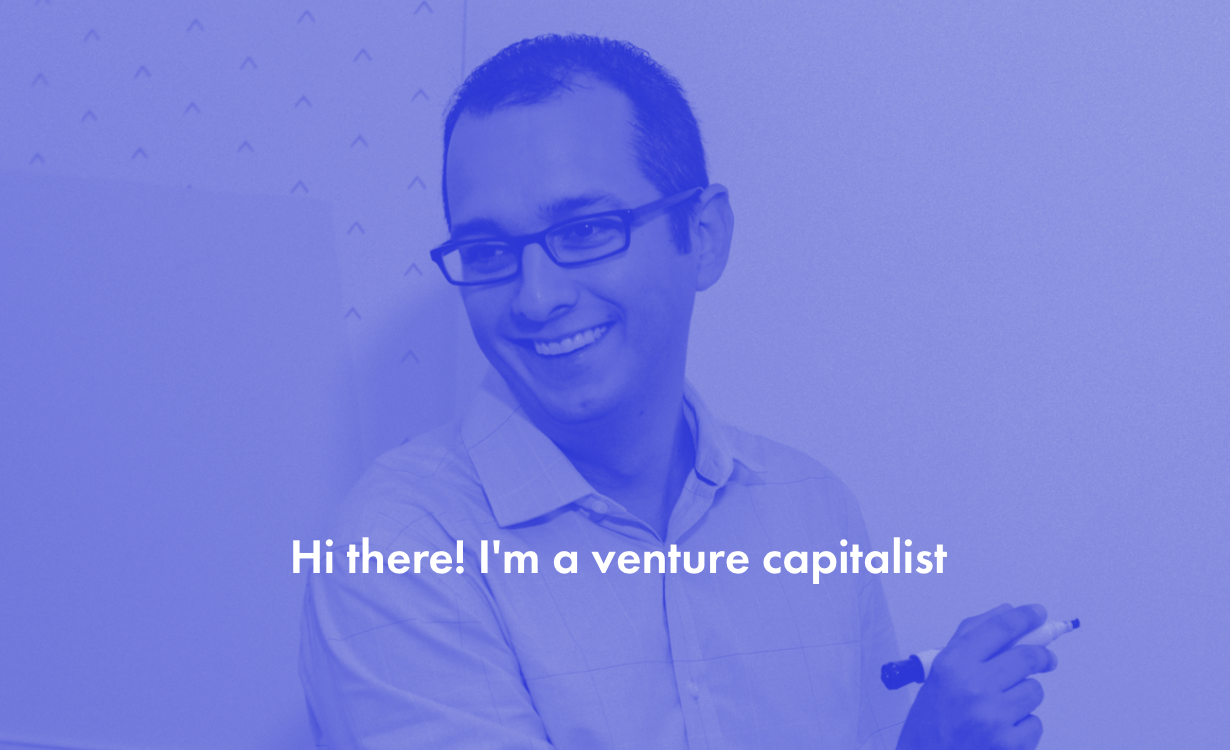“All of a sudden people are realizing that Disney is going to take the advantages that they have, content that nobody else has, moats that give them actual real leverage in the negotiations, and then they’re going to actually take a playbook out of these more digitally native companies,” says Sean Ammirati of Birchmere Ventures. “They’re going to actually build direct relationships with their end customers. They’re going to switch their business model from transactional to a subscription model.”
Sean Ammirati, Partner at Birchmere Ventures, discusses how Disney has potentially reinvented themselves with the launch of Disney+ in an interview with Bob Evans on the always engaging and relevant Cloud Wars podcast:
Disney Takes a Playbook Out of Digitally Native Companies
Innovation is not relegated simply to 20-something small brand new companies. Large companies are able to leverage their assets and their unfair competitive advantages to play in this also. For instance, Disney recently had its Investor Day and announced its Disney Plus streaming offering. Disney Plus has been framed by a lot of people as a kind of “Netflix Killer.” The interesting thing about what’s happened there is the reaction from Wall Street tech journalists. All these different groups have been incredibly positive.
All of a sudden people are realizing that Disney is going to take the advantages that they have, content that nobody else has, moats that give them actual real leverage in the negotiations, and then they’re going to actually take a playbook out of these more digitally native companies. They’re going to actually build direct relationships with their end customers. They’re going to switch their business model from transactional to a subscription model.
How Do We Transform Our Relationships With Customers?
These are things that we’ve been talking about for four years with lots of legacy companies under the category of digital transformation. But it’s hard every time someone steps up and tries to do that, you’ve got to re-educate Wall Street on how to think about your financial metrics. It turns out that GAAP accounting is not that similar to subscription accounting. To be fair, that’s an easier challenge than it was a few years ago. I remember years ago when Adobe made that pivot and what a struggle that was to say (to investors) we’re going to make less money next quarter and you should be excited about that. Their stock went through kind of a full J-curve there as they walked people through it.
What was encouraging is after Investor Day there was a massive jump in Disney stock. All of a sudden these pieces that you’d watch the leadership put together for a while kind of came into a full mosaic picture. Not only did Disney stock shoot up but this arch competitor Netflix, they took a hit right away, although they’ve come back a little bit with recent earnings. I’m hoping that other CEOs in other boardrooms are taking note of this and asking themselves the same questions. How do we create products and services that transform our relationships with our customers to allow us to have that same type of growth mindset?
Case Study: How to Be a CXO In This Subscription Economy World
We have gotten to a point where we assume that if you’re a company that was born in the digital age and you’ve gone through the full capital formation prospect and gotten out and gotten public you must have certain things in your DNA that makes you the only organization who can win a market. Just look at the grocery industry. Amazon’s coming into grocery so I’m sure Amazon’s going to be the winner in that business. Maybe. But then you see the largest grocery chain in the United States (Kroger) partnering with Microsoft to actually be proactive instead of reactive.
Companies can actually play in this business that weren’t born in the last thirty years. Disney is a great illustration of that. Now Disney needs to continue to execute. They’re going to need to actually finish the vision that they cast. They’ve got to launch these. They’ve got to make it work. They’ve got to pick the right partners. I really think in a couple of years this will be a case study lots of executives point to and say, man, we can do it. In the same way that the Adobe thing has been how to be a CFO in this subscription economy world that we live in.




 WebProNews is an iEntry Publication
WebProNews is an iEntry Publication